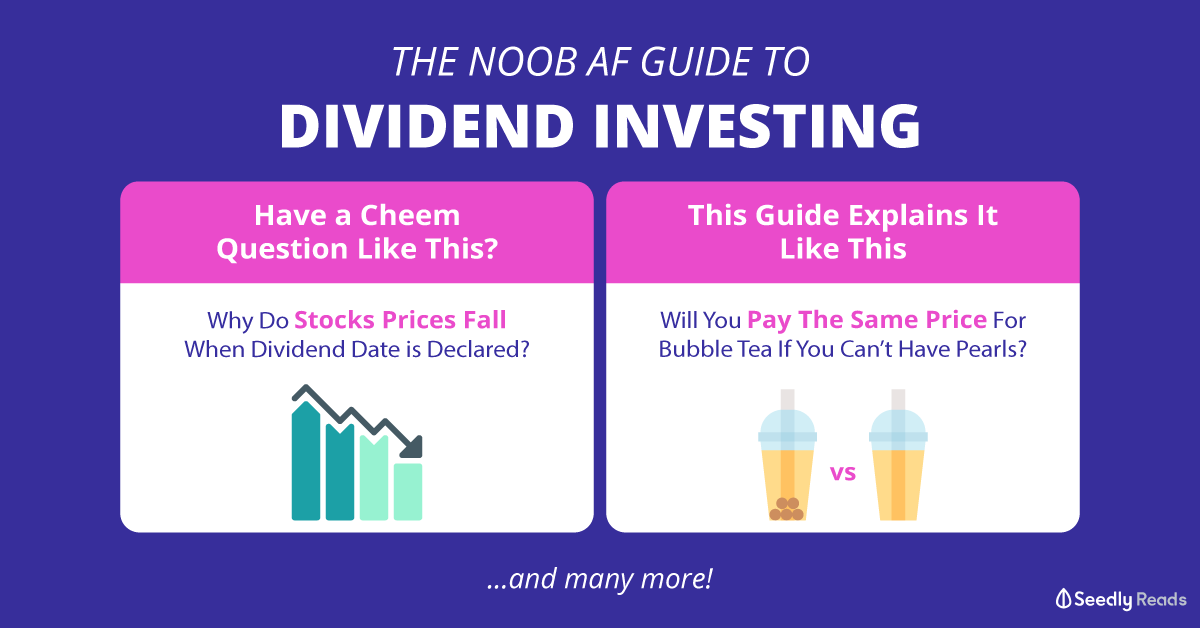Advertisement
Dividend Investing from using Covered Call ETNs (USOI, REML, SLVO and GLDI etc)
Can i have some opinions on USOI, REML, GLDI and SLVO? They pay excellent dividends. Almost 20-35% annual yield on some of them. Would love to hear from some of the more seasoned investors out there
3
Discussion (3)
Learn how to style your text
Reply
Save
These income generating ETFs can yield attrative passive income through "dividend yield". The main question should be your aim, capital gains or consistent cashflow passive income through "dividend yield". I will break this down in segments.
Few things to take note with these high yield ETFs.
- Don't forget about tax on dividend yield, that eats up a significant part of returns
- Expect capital losses or minimal gains overtime. Covered calls are essentially short positions on the underlying asset. If your intention was to sell 100 shares at a profit, that isn't an issue, some see it as a win-win scenario. However, these ETFs are designed to constantly generate income yield via covered calls.
- Hence, the managers may end up buying back the call options at a loss to get the shares back to be able to sell another call
- Shares may be called away and managers forced to buy them back at a higher price
These lead to potential capital losses -- hence you see long term charts of many of such ETFs tend to go sideways or down over years -- main gains are via payout
Who is it for?
- those looking for cashflow via "dividend yield"
- don't mind capital losses
- aim to hold shares "forever" to continuously receive yield
Why does this make sense?
- If you have no intention to sell, it doesn't matter what the stock price is hence capital losses doesn't matter to you. Your intention is to hold shares for dividends. This is why some high dividend yield stocks that go sideways are still popular amongst investors.
- You would love that the stock prices keep going down. It isn't the factor affecting the payout per share. It is still a share that you own. Lower prices just gives you a chance to buy more at cheaper prices
When is it beneficial?
- Outperform owning underlying index from sideways consolidation markets or very slow rising markets
- Potentially Reduced losses compared to owning underlying index in bear markets
When is it worse?
- Fast rising market performance
Reply
Save
Write your thoughts
Related Articles
Related Posts
Related Posts
Advertisement











USOI / GLDI / SLVO might be a good way of getting exposure to Gold and Silver and Oil instead of owning them outright.
This might be efficient if you don’t have the expertise or capital to to the covered call trades yourself
However, do notes that the dividend withholding tax will already eat up 30% of your dividends, and the price swings of the underlying asset can change drastically.
(Look at the oil crash in 2020).